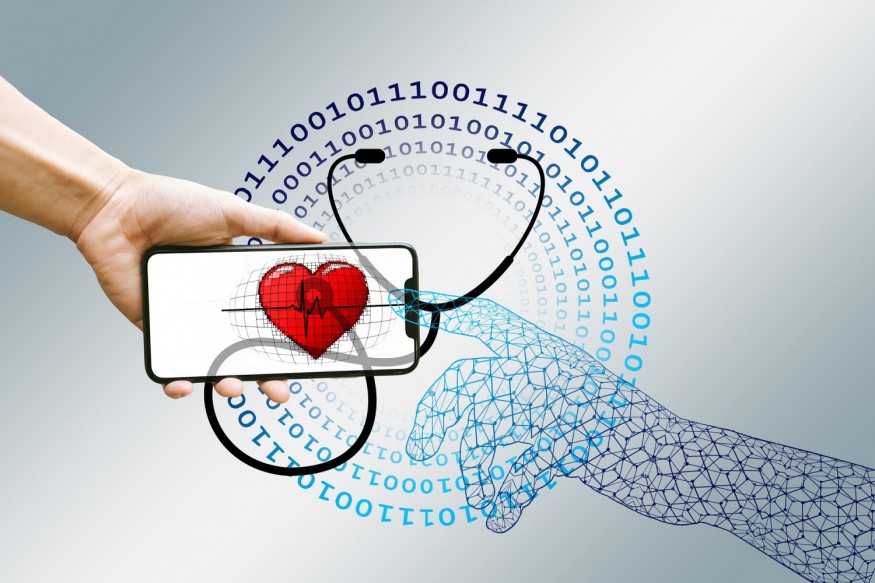A University of Massachusetts research team has developed a tiny sensor that can monitor electrical and mechanical cellular responses in cardiac tissue for the first time. This sensor is promising for studying cardiac diseases, drug testing, and regenerative medicine. The research was published in Science Advances.

Sensors Monitor Mechanical and Electrical Properties of Cellular Status
A thorough evaluation of cellular status requires knowledge of mechanical and electrical properties simultaneously. These two properties are typically measured by different sensors, according to the research team's leader, Jun Yao, an assistant professor of ECE and adjunct professor of biomedical engineering. The more sensors used, the more the cell's functionality is disrupted.
A cell is a fundamental unit of biological activity; as such, its mechanical and electrical behaviors are two key properties that reveal the condition of the cell. These properties are crucial for illness detection, tissue repair, and health monitoring.
According to the Ph.D. candidate in electrical and computer engineering, Hongyan Gao, the idea is a new instrument for better heart research with the potential for cutting-edge applications in cardiac-disease experiments.
Nanowire Cell Sensor Interface
A 3D suspended semiconducting silicon nanowire is used to build the sensor. The nanowire can securely patch onto the cell membrane and listen to cellular events up close because it is considerably smaller than a single cell. Additionally, it possesses special qualities that enable it to transform heard bioelectrical and biomechanical events into electrical sensing signals for detection.
Other than creating integrated biochips, the scientists have other proposals. The nanosensors will be integrated on free-standing scaffolds in the following stage, which will innervate in vitro tissue for deep-tissue research. For better health monitoring and early disease diagnosis, they expect that the nanosensors can be securely supplied to living cardiac systems.
The idea of combining numerous sensing tasks into a single apparatus will also expand the potential of generic bio-interface engineering, according to Yao.
ALSO READ : Nanomaterial-Based Devices Potential for Reducing Cardiovascular Diseases and Even Death
Heart Monitoring with Nanotechnology
According to a study published in The Innovation, cardiovascular disorders are the primary cause of morbidity and mortality worldwide, and nanotechnology offers new, practical methods for their diagnosis and treatment.
The sensitivity and specificity of the diagnosis of cardiovascular illnesses can be enhanced by using nanotechnology-assisted molecular imaging and biosensing. Based on their physicochemical properties and surface modification, they can directly exert therapeutic action on the cardiovascular system or enable targeted drug administration.
Due to their small size, nanomaterials have been used to develop more accurate biosensors to detect CAD biomarkers. Using it showed improved diagnostic sensitivity and turnaround time, which is quicker. Future portable devices used in homes, ambulances, hospitals, and centers for chest pain may use nano-biosensors.
With the aid of wearable technology, much progress has recently been made in making monitoring devices practical and available. For example, the Apple Watch includes a fully functional ECG that enables users to monitor any anomalies in their heart rate, according to a post in Medium. By connecting the nanosensor to such gadgets, users would be able to receive early warning signs of a heart attack or stroke and go to the doctor to have it checked out.
RELATED ARTICLE : Heart's Kinetic Energy Could Power Lead-Free Artificial Cardiac Pacemaker for Implant
Check out more news and information on Medicine and Health in Science Times.
© 2025 ScienceTimes.com All rights reserved. Do not reproduce without permission. The window to the world of Science Times.












